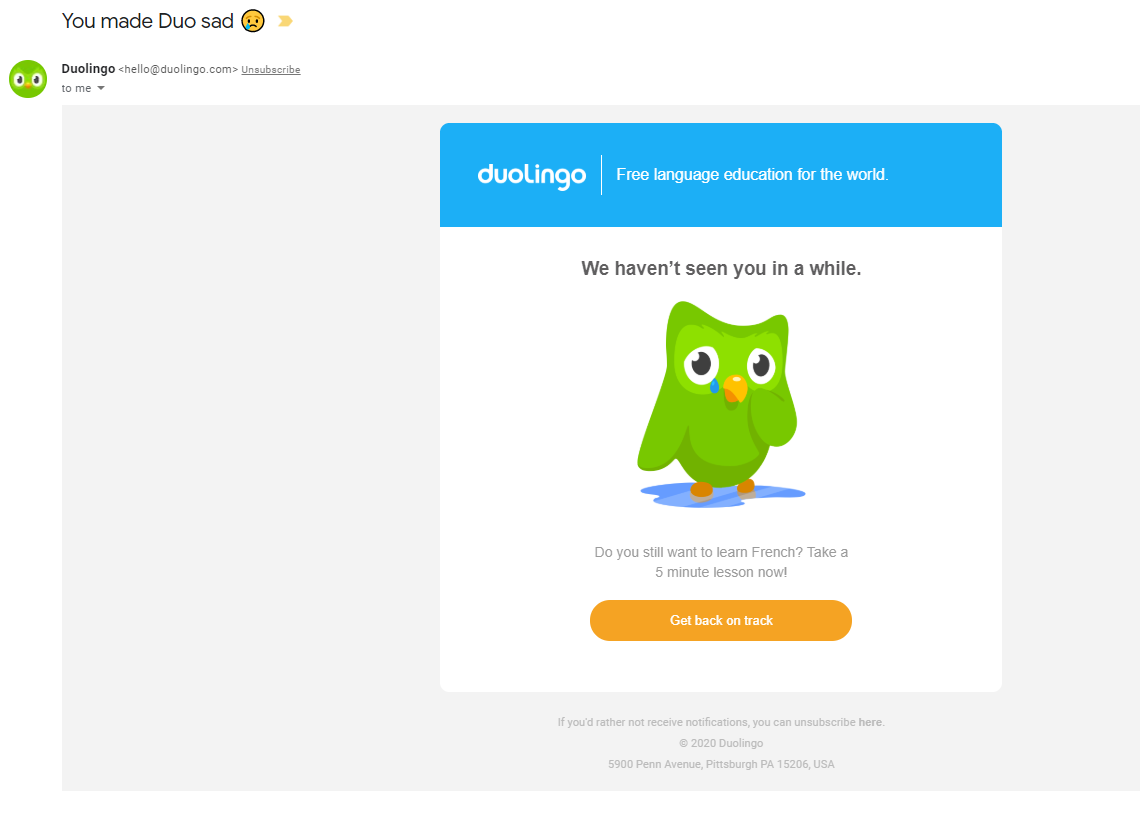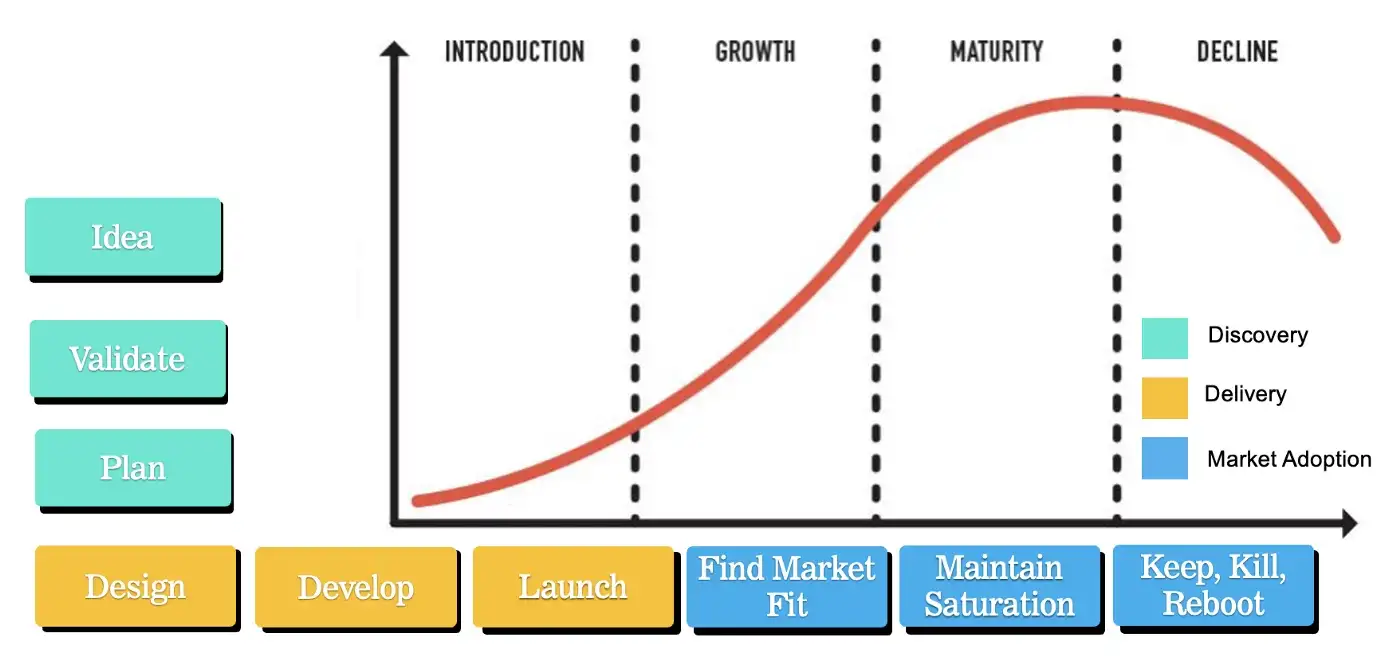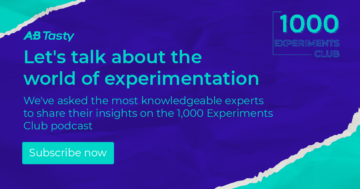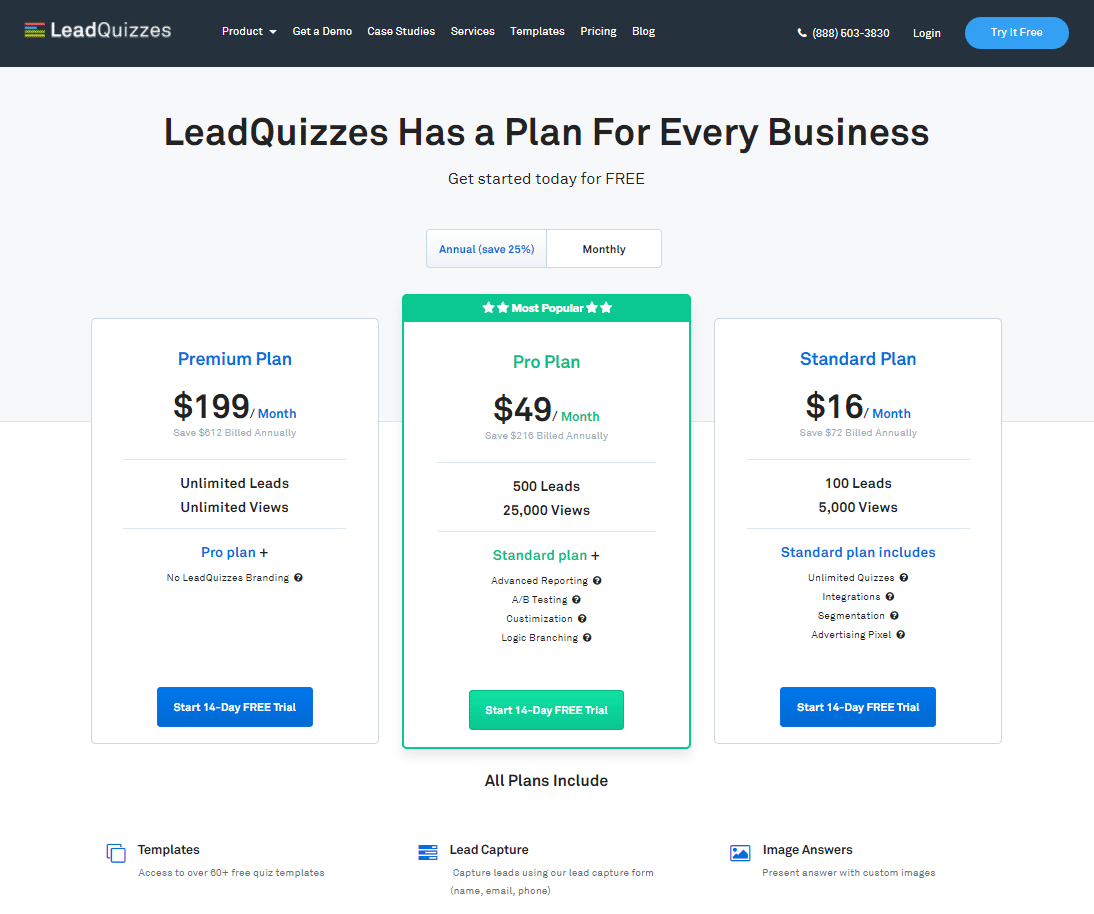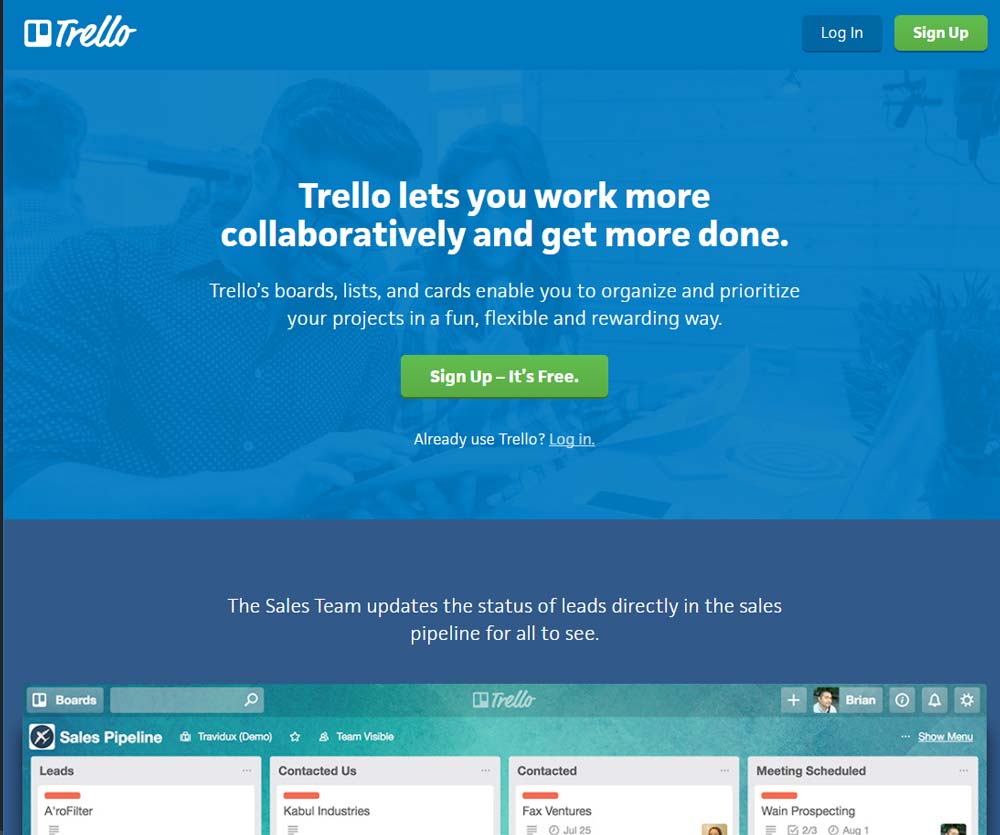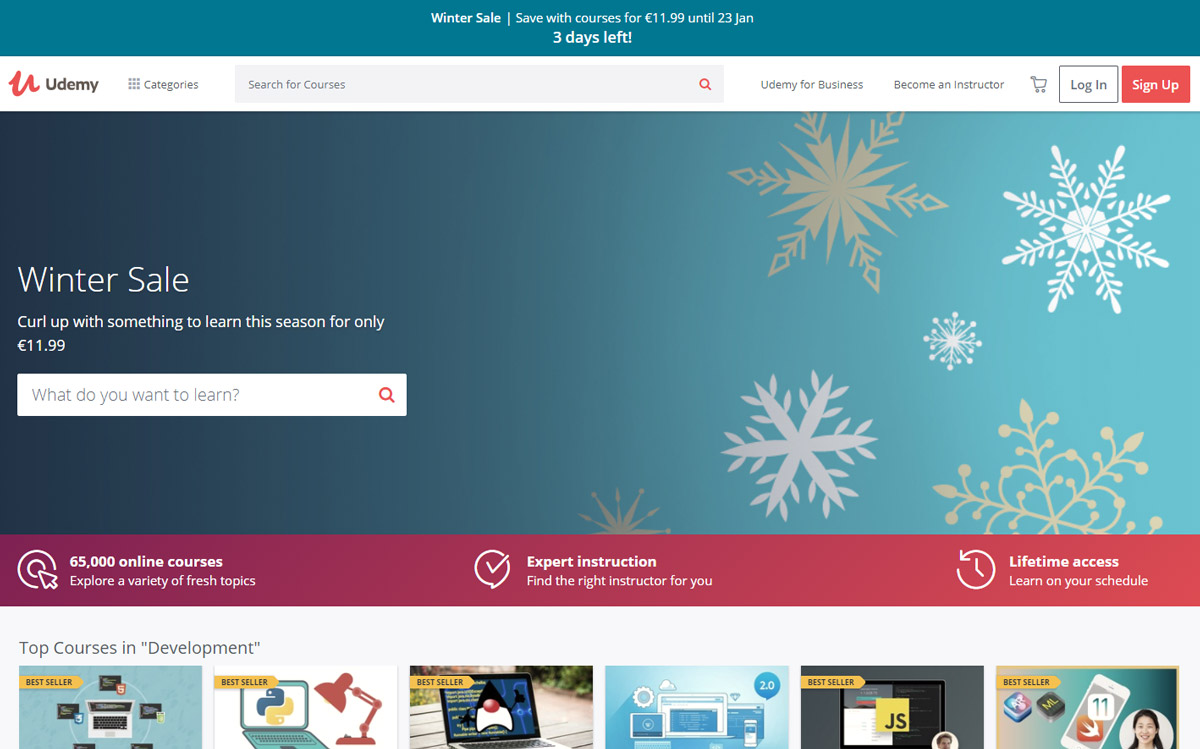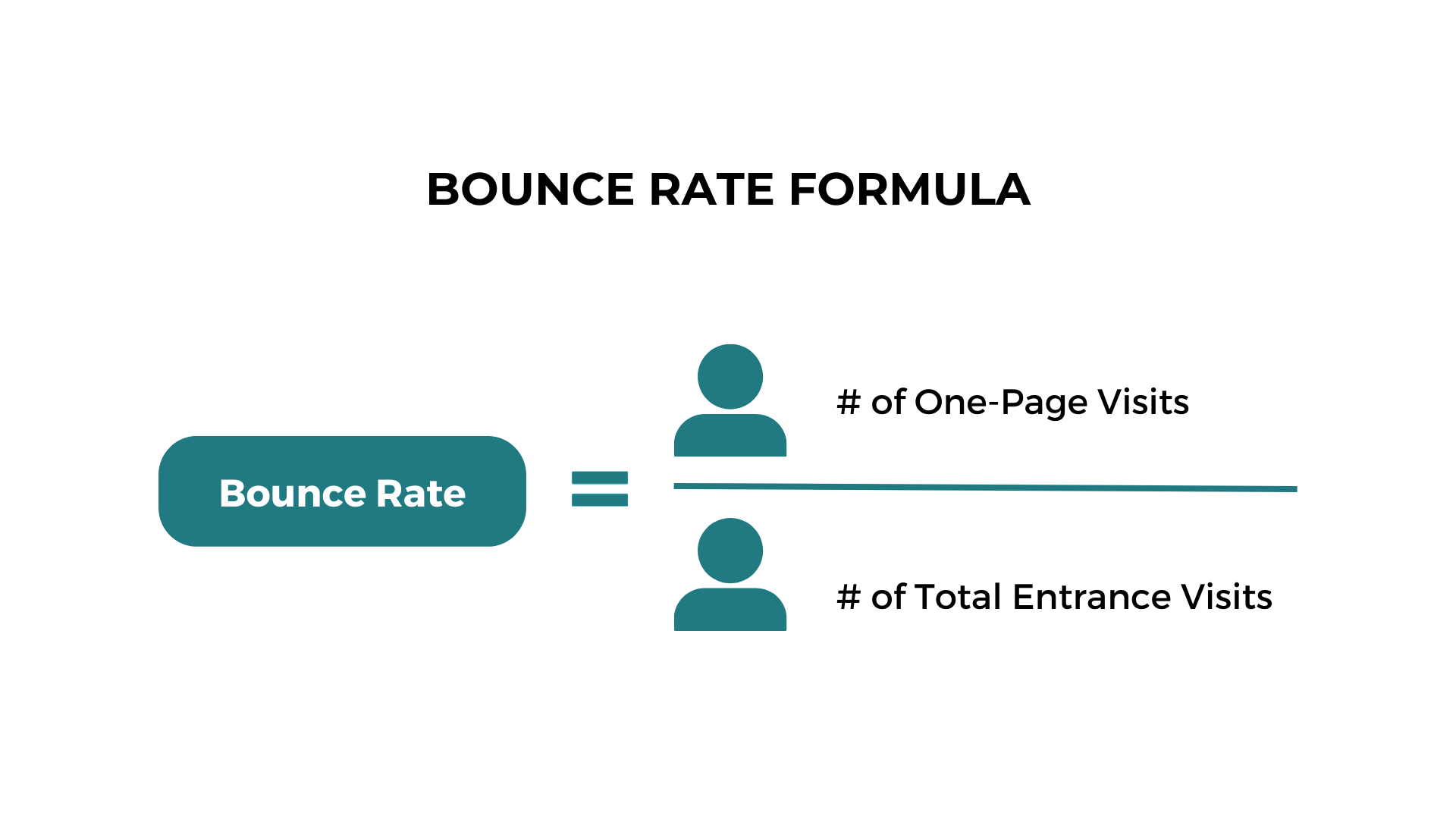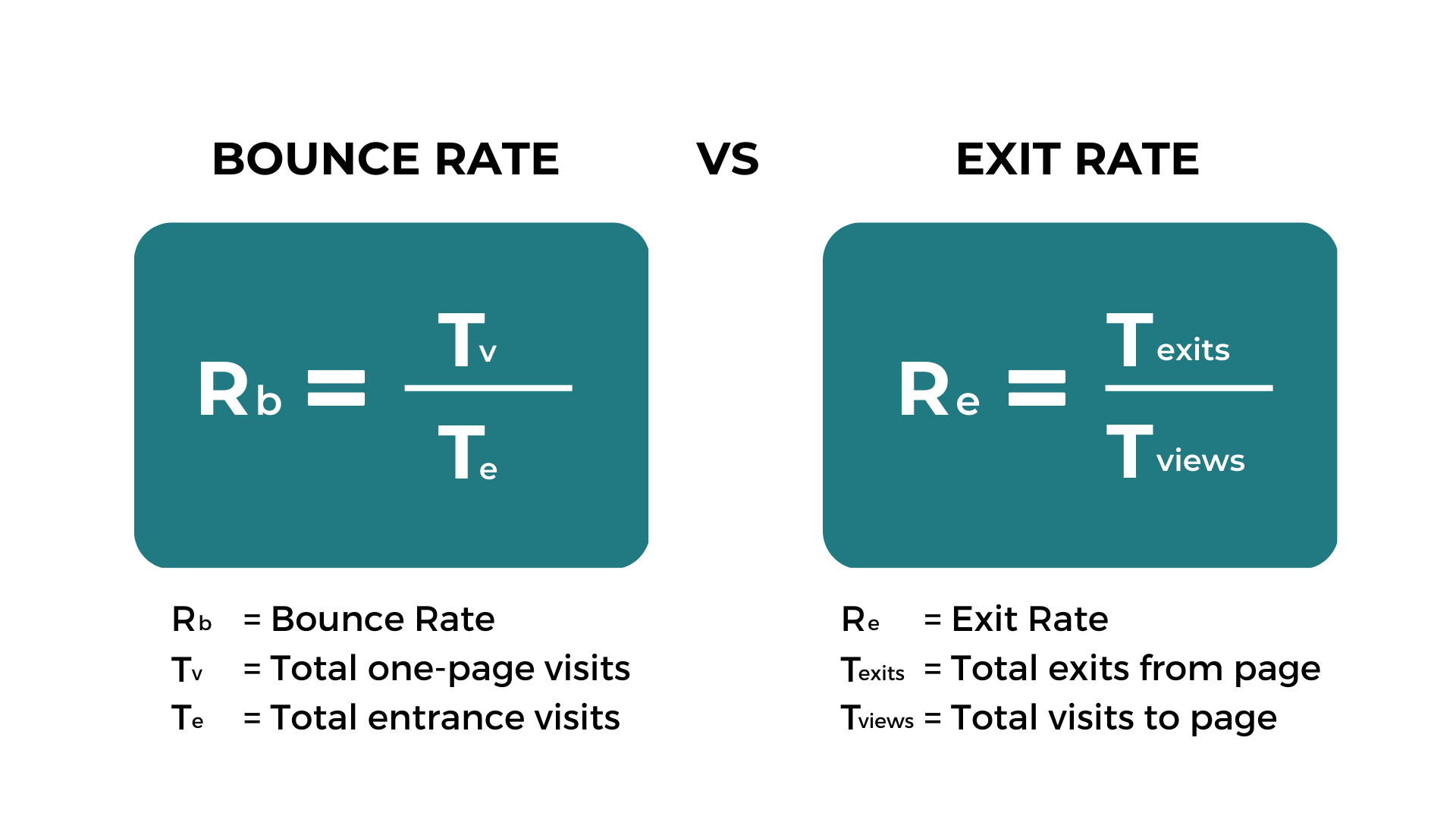With Google Optimize’s retirement on the horizon, companies are now faced with the daunting task of finding an alternative tool to carry out their tests and experiments after Google’s announcement that it will be sunsetting its web testing and personalization tool on September 30.
If you haven’t already, it’s time to start your research for a new tool as soon as possible to stay on track with your testing and CRO strategies. September will be here faster than you think, so you need to act soon for a smooth migration post-sunset.
Why the time to find a Google Optimize alternative is now
With roughly 6 months left, teams should already be thinking about the best way for them to carry out their experiments.
You may have to anticipate that some features on Google Optimize will no longer work properly. Not to mention that migrating from one tool to another — and the transferring of all the data — can be a complicated process.
Making an informed decision requires extensive research. Finding a platform that suits your experimentation needs is only the first step. You also need to factor in how long it will take the migration processes to be successfully completed and the learning curve of your new tool. In other words, time is of the essence if you want to make a smooth migration to a new platform.
Therefore, teams need to make sure that they have fully migrated onto their new tool well before the sunset date of September 30.
What’s next? The current and future state of your optimization journey
As a free or low-cost solution, Google Optimize is a great starting point for those at the beginning of their optimization journey.
However, in light of the sunset announcement, organizations should start rethinking their website optimization and experimentation strategies and looking ahead to anticipate their CRO needs.
This should start with evaluating your current and future CRO goals. In other words, you may look into the possibility of investing more resources to optimize your website that will enable you to turn your passive users into active ones by providing a more personalized customer journey.
Consequently, your team may want to delve into other features beyond A/B testing capabilities offered by more advanced solutions. This will enable them to better optimize the website. For example, you may consider venturing beyond surface-level modifications and running more sophisticated tests tied to back-end architecture.
This will ultimately allow teams to provide the best customer experience possible so visitors can turn into customers with the click of a button.
Put simply, engaging your visitors along the entire customer journey up until the point of purchase or conversion should be a central part of your CRO strategy.
Taking into account all these factors will help you understand the current state of your CRO and whether it’s time to take your optimization roadmap to the next level.
How to prepare for a successful migration post-sunset
Selecting the right tool will take considerable time in terms of research and set-up. Therefore, early on, teams will need to follow some crucial steps to take them on the right track to a seamless transition from Google Optimize and to ensure successful implementation of the new tool.
Here’s a checklist for a successful migration:
-
- Evaluating your experimentation program: Analyzing your CRO strategy and results is important to help you set the requirements for your next testing tool.
- Considering your CRO strategy and budget: This will help you determine what kind of features you need and how scalable it is and the kind of budget you need to execute it.
-
- Selecting the tool: Evaluating alternative testing tools to suit your budget and needs (you may consider looking into Google-preferred partners for a smoother transition).
-
- Setting up and installing the tool on your website: This will include migrating all your data and tests from Google Optimize. You should consider if you will need coding experience and if you have sufficient developer resources for that. Otherwise, you should consider opting for low-code/no-code solutions instead. Additionally, you will need to run A/A tests to get acquainted with the new platform and ensure that it’s working as expected when it comes to data accuracy and level of significance.
-
- Integrating the tool with your stack: Take into account the tools you’re currently using and how they will fit together with the new tool.
-
- Offering internal training for the new tool: Depending on the kind of support you’ll be receiving from your new tool, you need to make sure that your teams can easily and efficiently use the tool.
Evaluating your experimentation program means taking stock of all the tests you’ve run on Google Optimize to understand what went well with the tool and where it fell short. This will give you an indication of your current situation and how you’d like to evolve when it comes to your testing strategy so you can pick your new tool accordingly.
Each step can take a considerable amount of time to complete so we recommend starting as early as possible.
How AB Tasty fits into your post-Optimize world
As a Google-preferred partner, AB Tasty provides you with best-in-class experience optimization tools to continue optimizing your digital experiences.
While Google Optimize also offered a 360 version with more advanced features, it had its limitations, especially for companies further along their CRO journey and looking for deeper experimentation capabilities.
Here are a few reasons why AB Tasty is the right choice post-Google Optimize to empower you to animate the entire digital consumer journey and take your testing to the next level:
-
- AB Tasty offers a variety of integrations that will fit seamlessly into your existing tech stack including seamless integrations with Google Analytics and other analytics providers to help you stay on top of your data.
- Explore endless possibilities with a library of widgets to optimize the customer journey. Activate your audience and engage users with banners and pop-ups among other flexible, visually appealing and impactful components.
- Worried about support during your switch? AB Tasty has dedicated CSMs and account managers to provide you with 1:1 support throughout the contract, including transferring your test history and data over from Google Optimize.
Take the next big step with AB Tasty
Are you still on the fence on whether AB Tasty is the right pick for you? Below you will find the answers to all your burning questions about our platform to help make your decision easier:
What is AB Tasty’s take on privacy and security?
AB Tasty is GDPR compliant and committed to respecting the principles of this legislation, which consists of regulating data collection.
Can I use AB Tasty to target Google ads campaigns?
Yes, campaigns from Google ads can be easily triggered. With AB Tasty’s granular targeting capabilities, customers can target their visitors based on the campaign source in conjunction with any other events or metrics they see fit to provide the most personalized end-user experience possible.
What type of support do you offer in setting up and migrating to your tool?
Our in-house Customer Success team is on hand to support new and existing clients. If you need assistance setting up new campaigns or transferring existing ones then we can take on the heavy lifting for you to ensure a smooth transition.
Can you link Google Analytics with AB Tasty?
Yes, you can link Google Analytics with AB Tasty to be able to analyze your campaigns or you can have them sent to an in-house tool. You can find more information about our Google Analytics integration here.
How can we set up segmentation and personalization campaigns?
AB Tasty has a wide range of extremely granular targeting capabilities. This allows customers to target their visitors based on any other criteria/events/metrics of their choice to provide a more personalized user experience. This can all be set up in a matter of seconds with no code required.
How does AB Tasty differ from Google Optimize in terms of speed and performance?
AB Tasty has the lightest tag on the market available today that still offers complete functionality. Alongside our detailed performance centre which highlights where improvements can be made, customers can expect greater performance from AB Tasty than they ever had with Google Optimize. Find out more about how we compare here.
How many tests can I run and can they be run concurrently?
With our user-friendly experimentation suite, you can create an unlimited number of A/B tests and you can also run multiple tests simultaneously if needed.
Are you ready to make the move?
The post-Google Optimize world doesn’t have to be bleak.
As one of Google’s top picks as your new A/B testing platform, AB Tasty is a best-in-class A/B testing tool that helps you convert more customers by leveraging experimentation to create a richer digital experience – fast. This experience optimization platform embedded with AI and automation can help you achieve the perfect digital experience with ease.




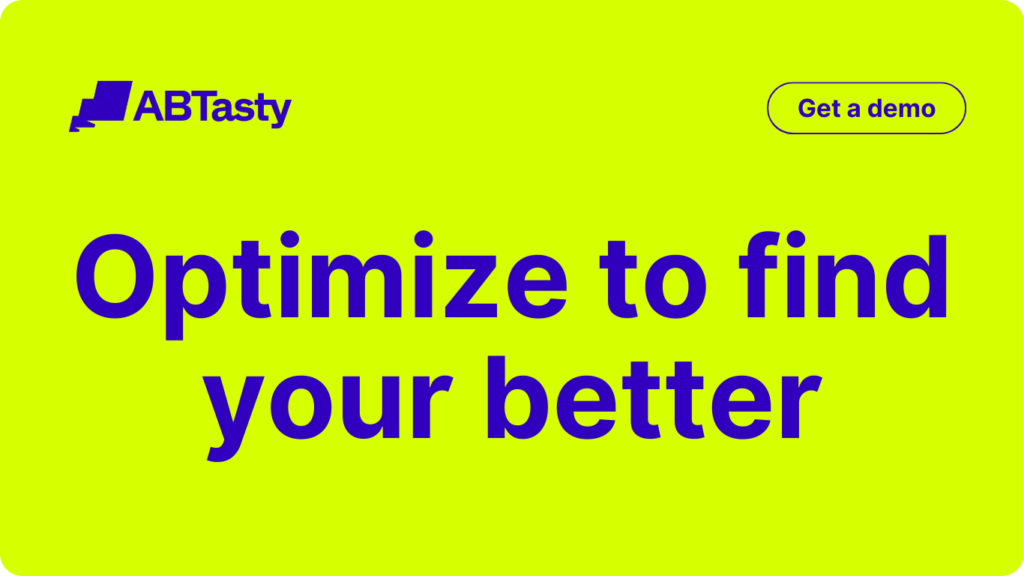







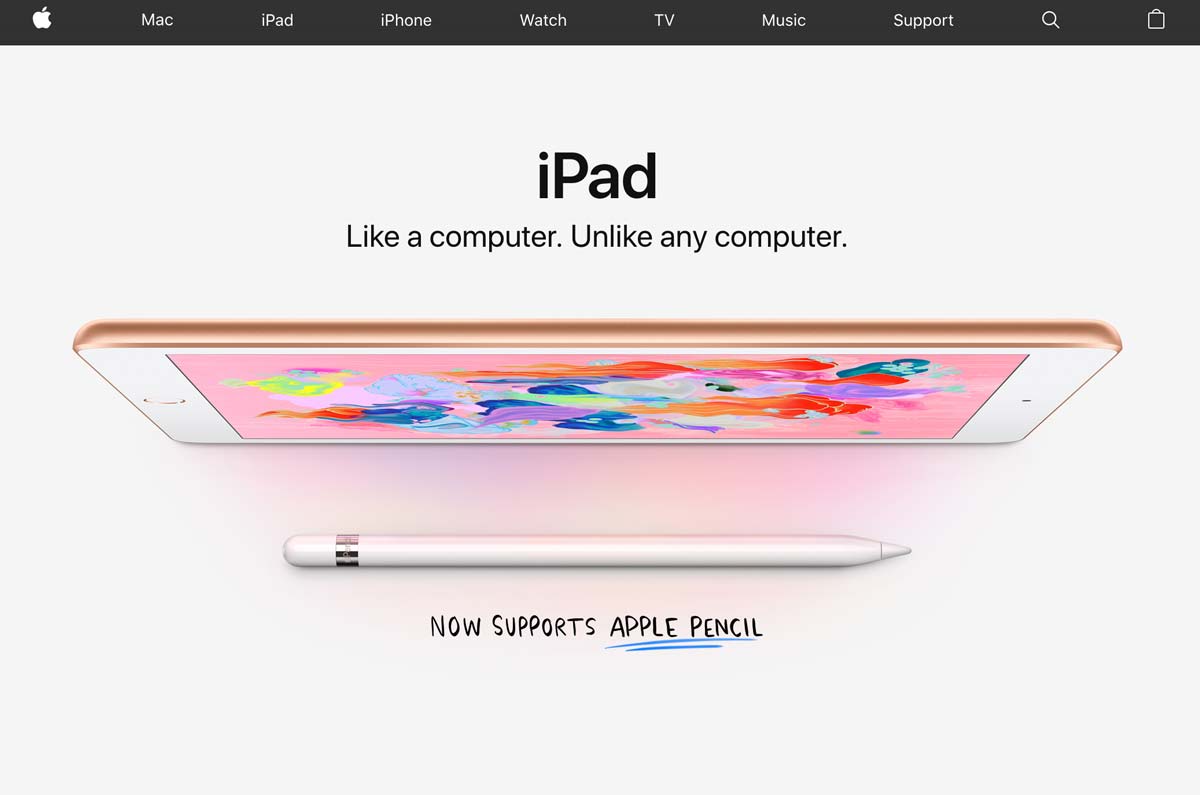
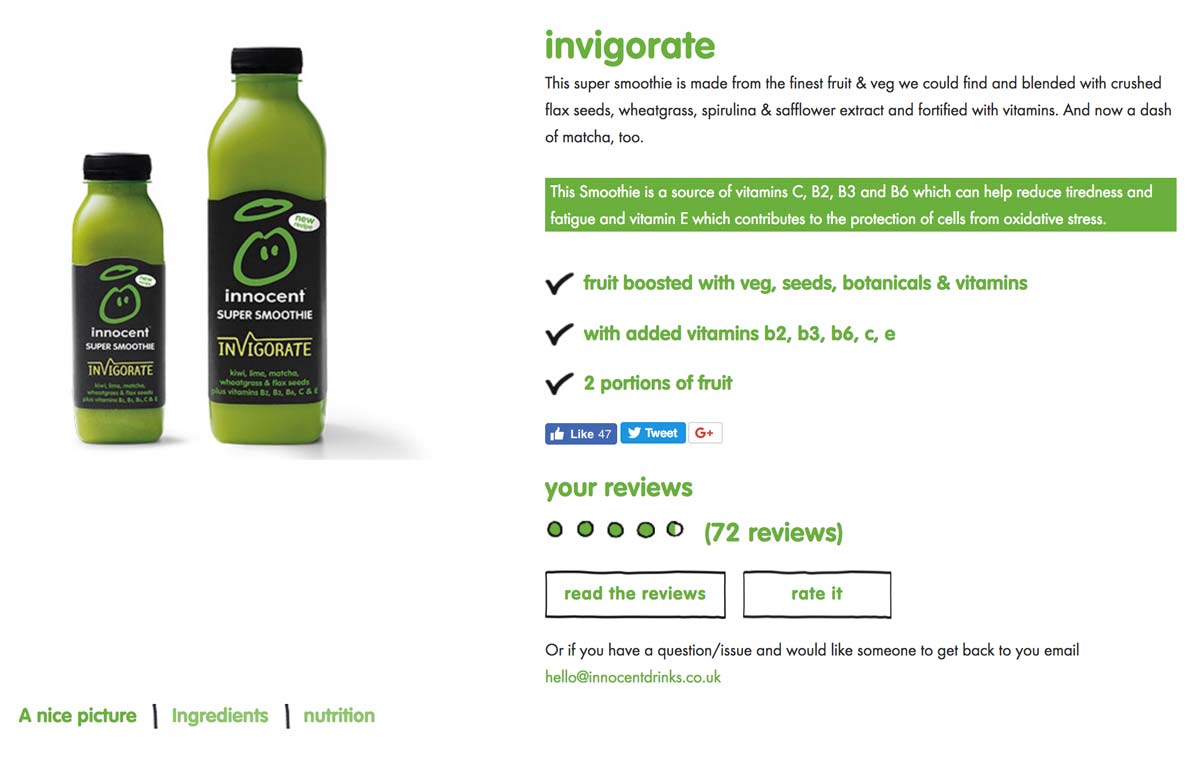 In the image above, you can see that they even highlighted in green that their smoothie is, “a source of vitamins C, B2, B3 and B6 which can help reduce tiredness and fatigue…”
In the image above, you can see that they even highlighted in green that their smoothie is, “a source of vitamins C, B2, B3 and B6 which can help reduce tiredness and fatigue…”
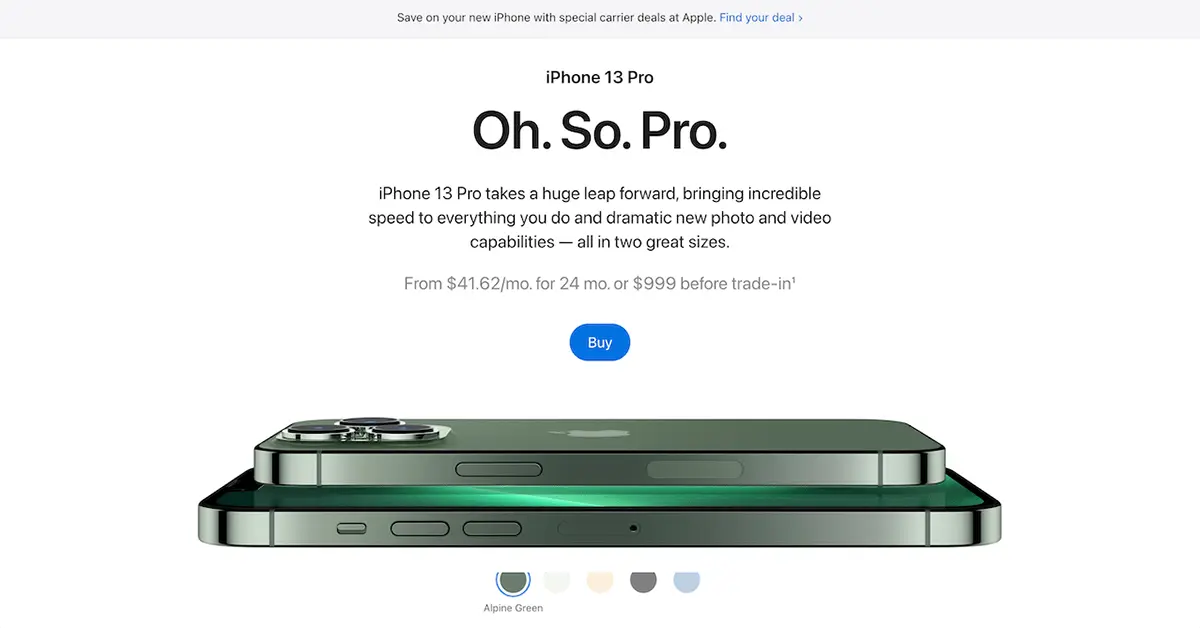
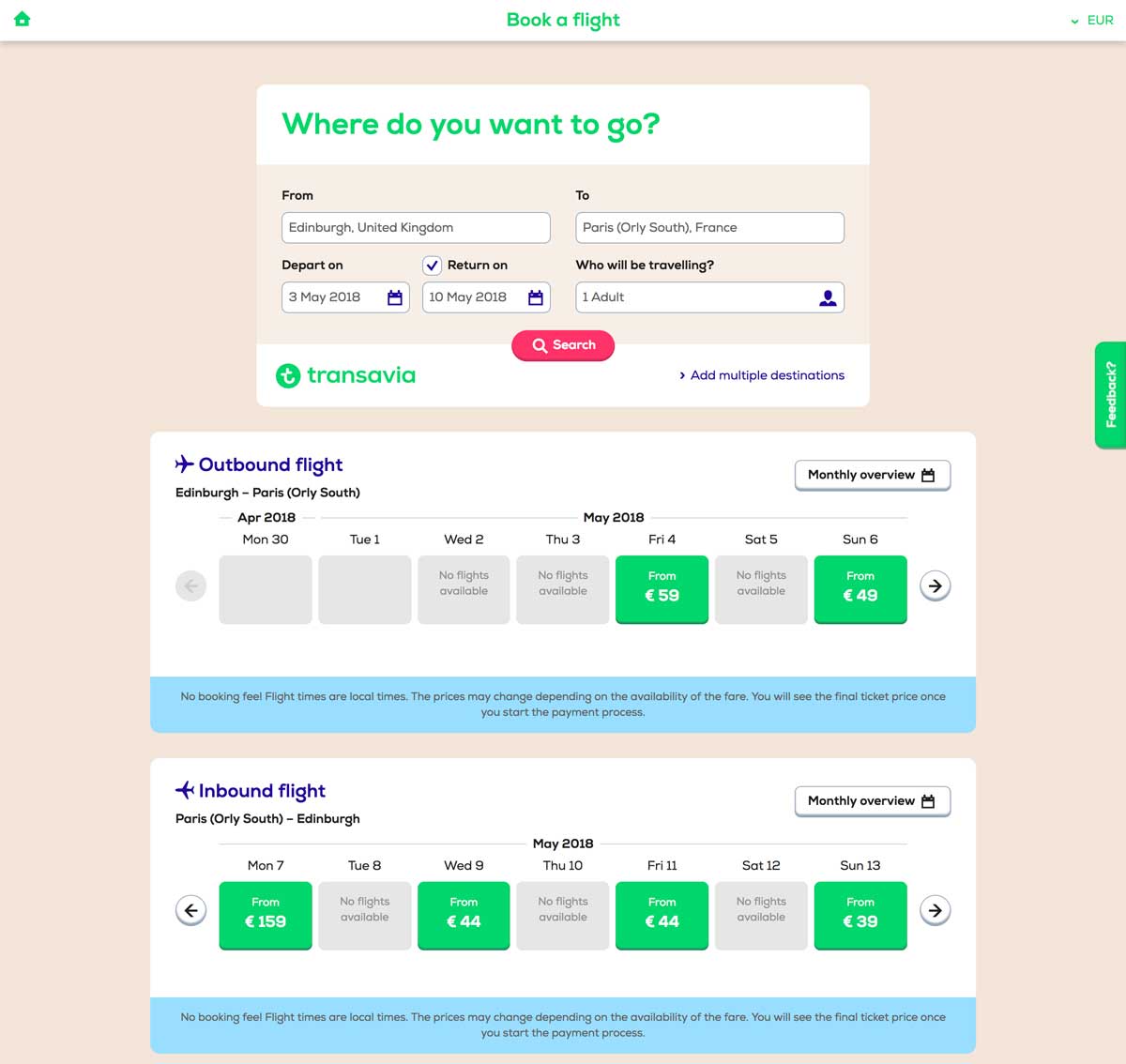



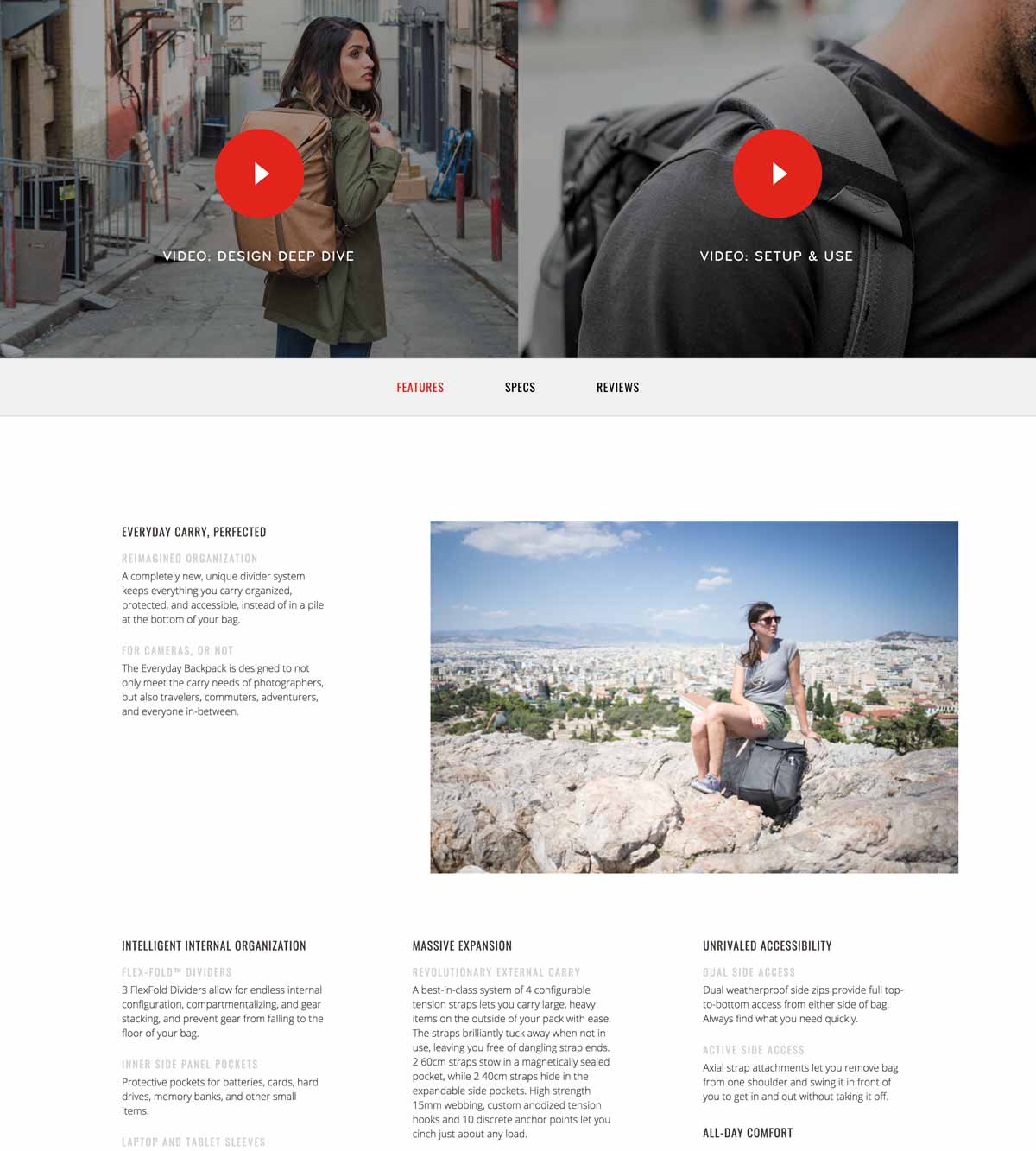




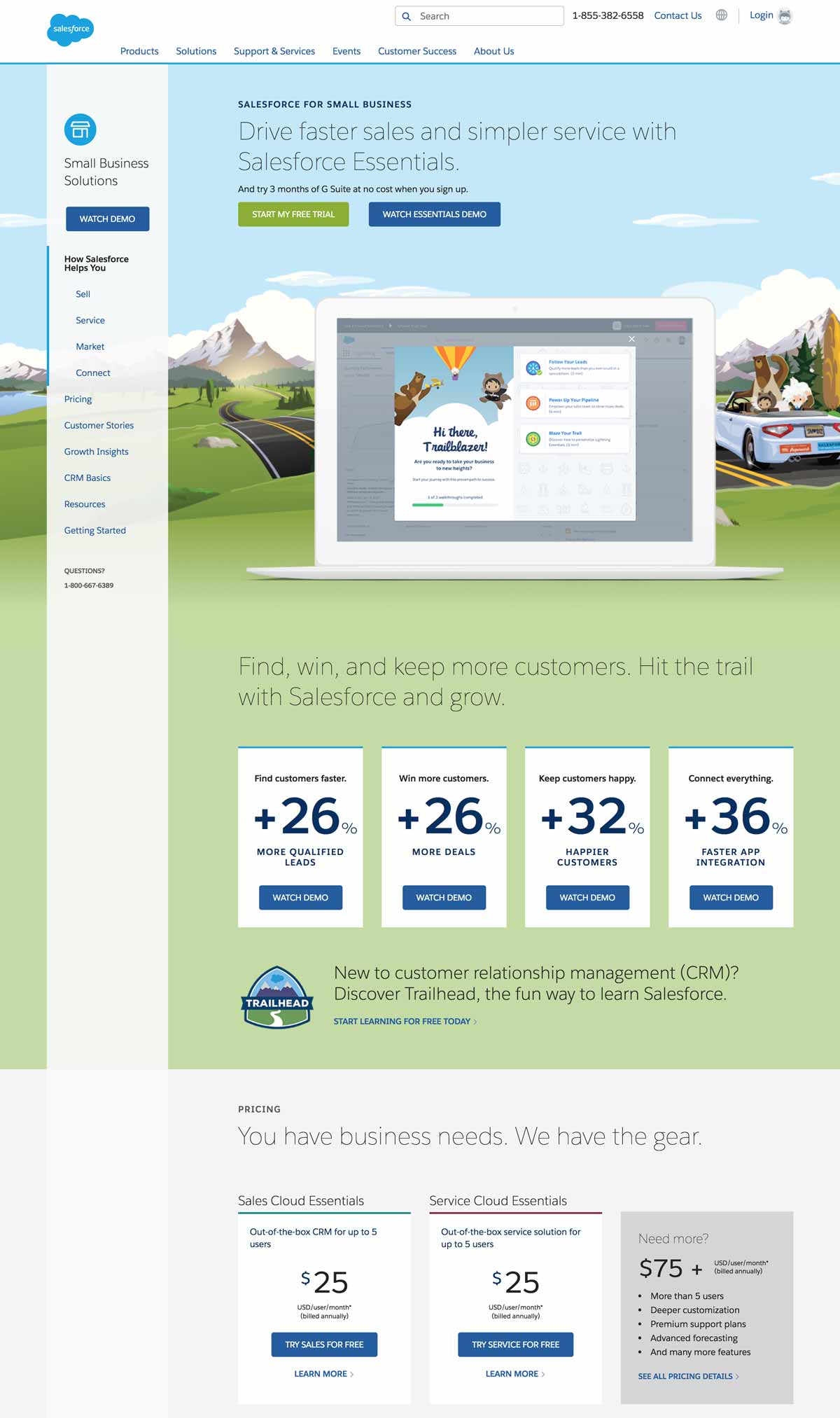
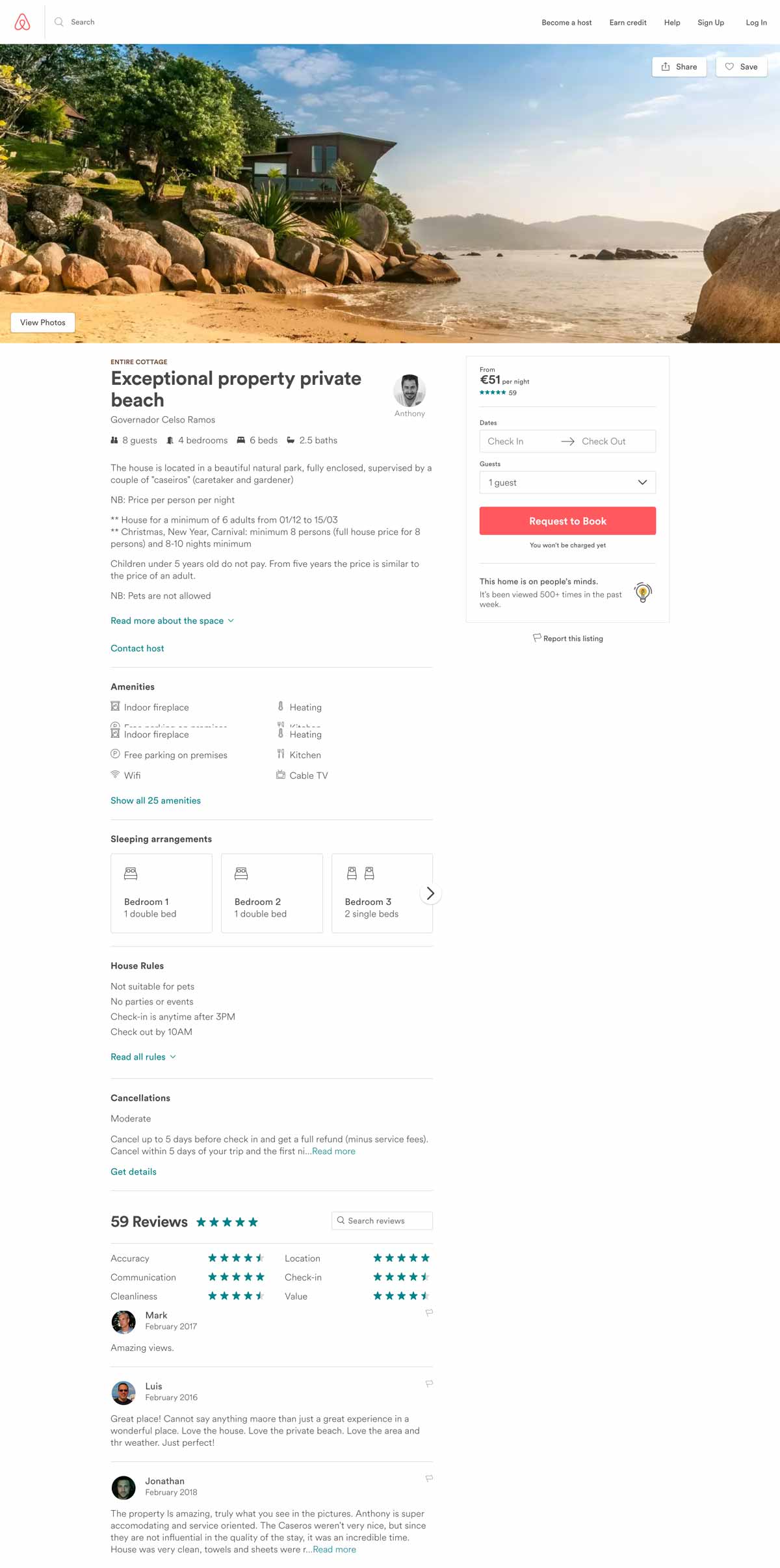

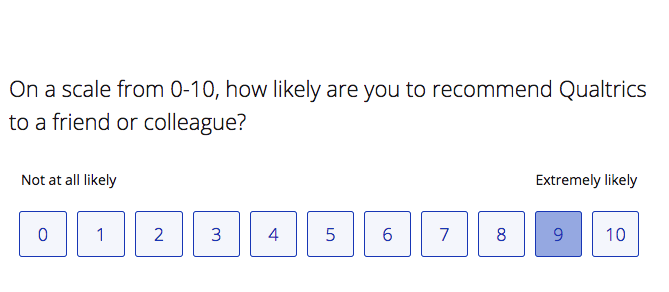
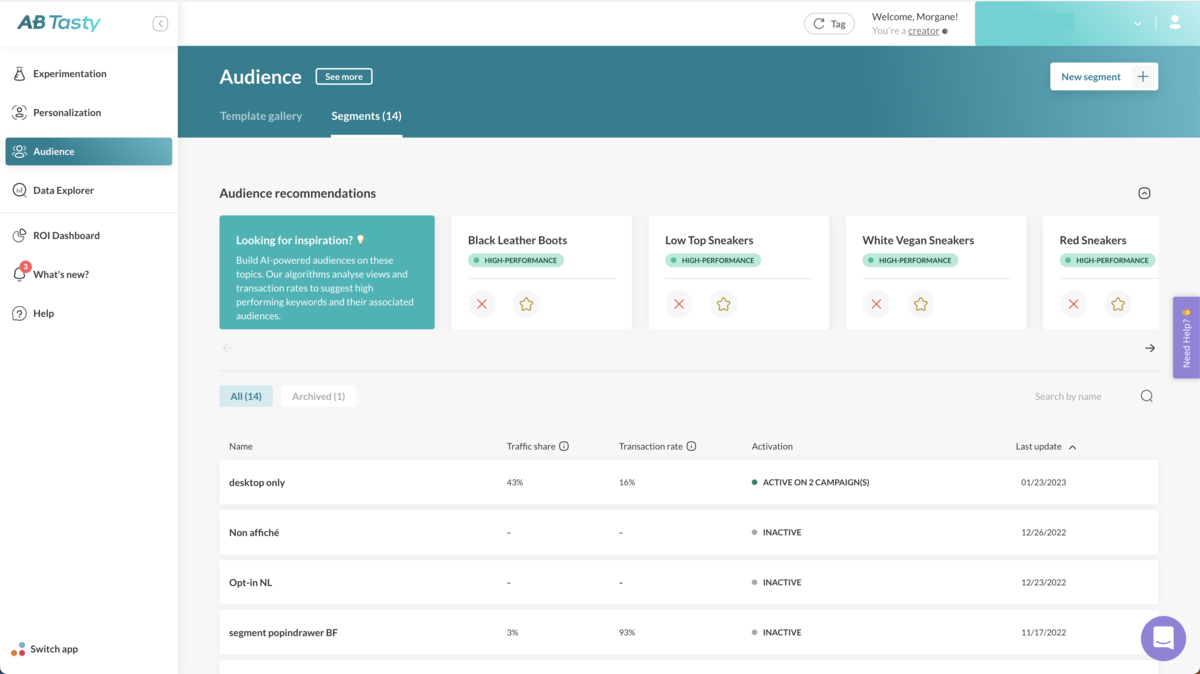
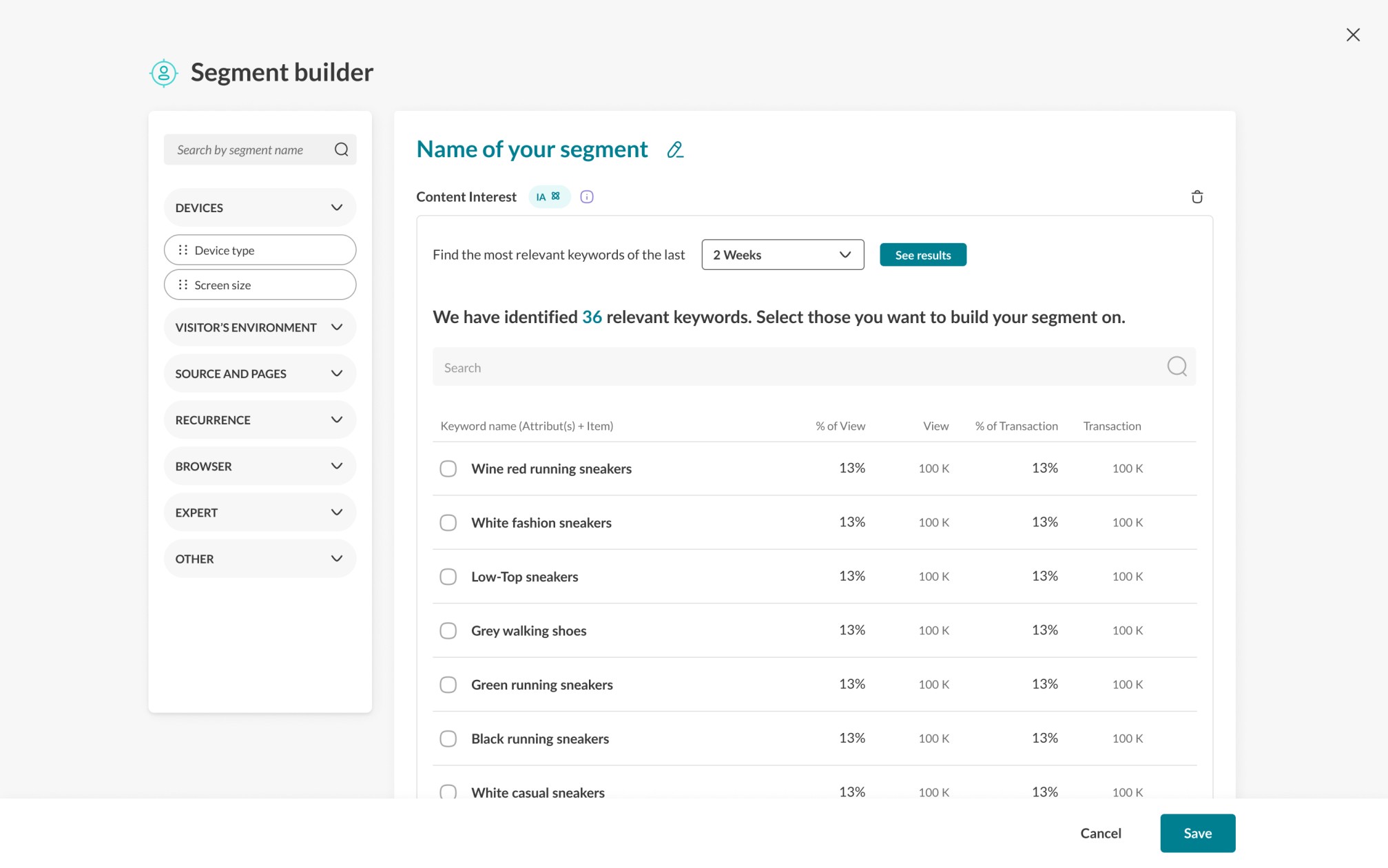

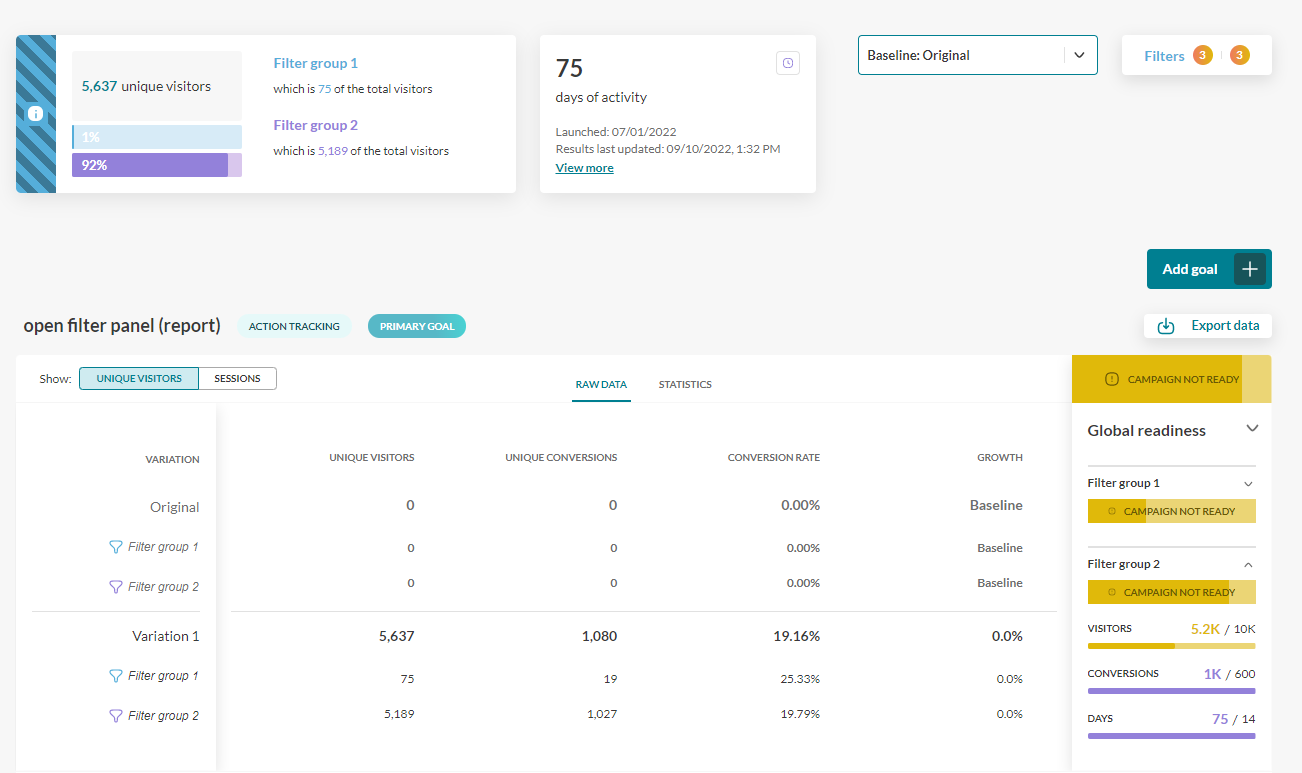
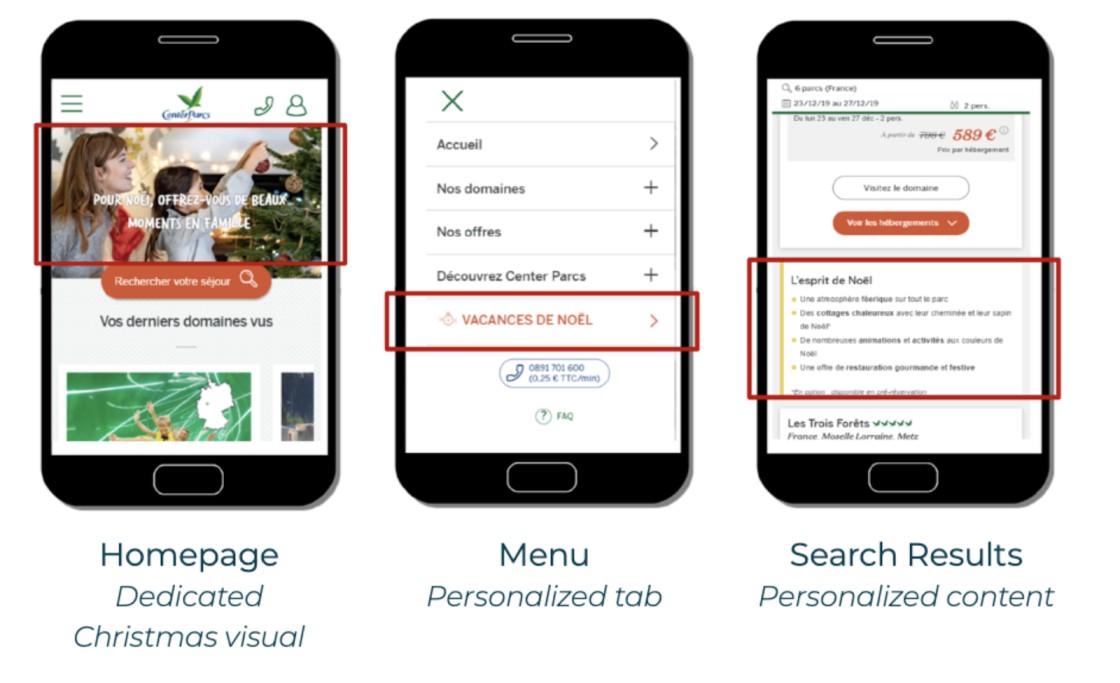

 FoodPanda knows that hunger cannot wait. In the image above you can see that they retarget with two magical words: “FREE+DELIVERY”
FoodPanda knows that hunger cannot wait. In the image above you can see that they retarget with two magical words: “FREE+DELIVERY”